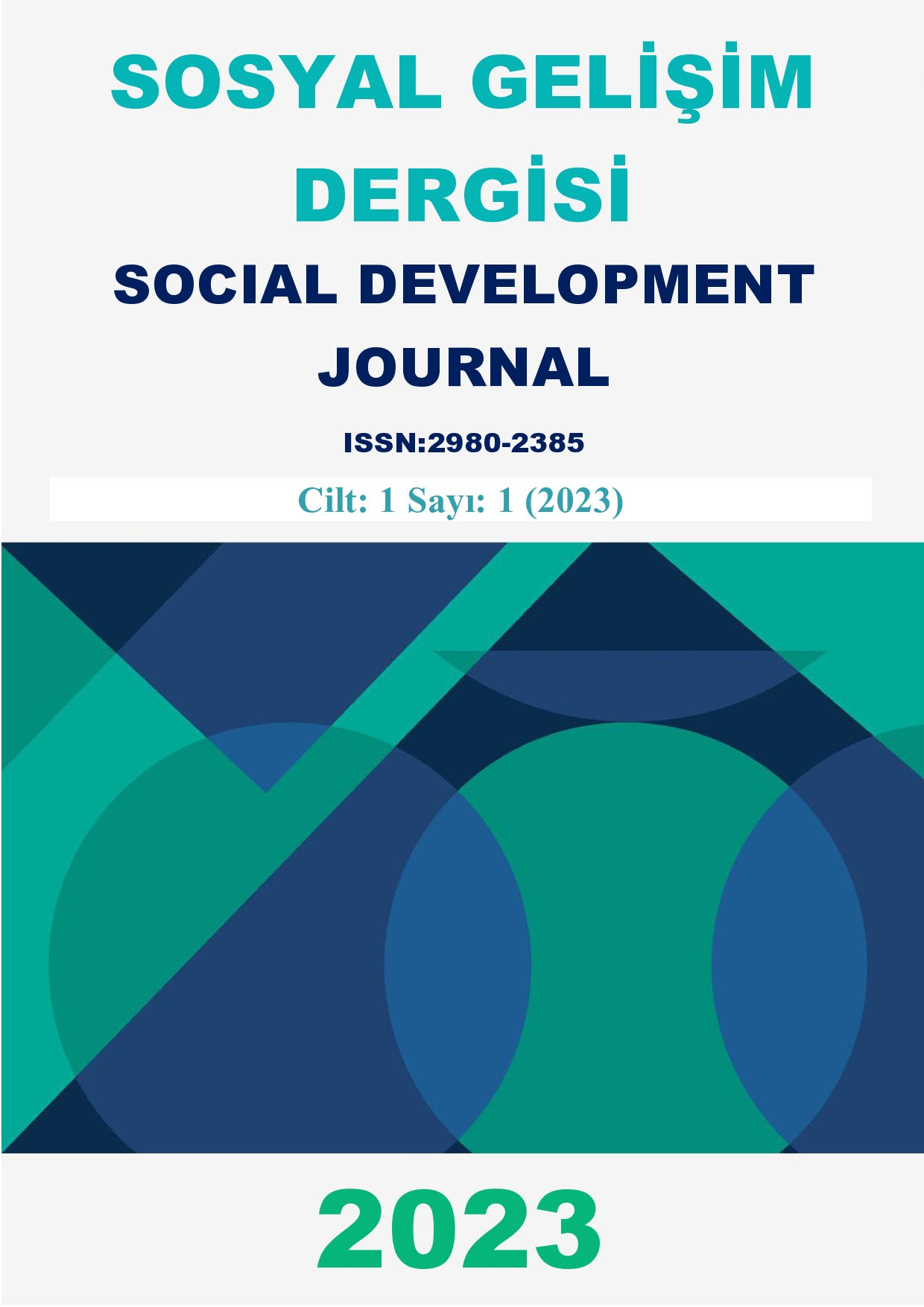Investigation of School Administrators' Burnout Levels in Terms of Demographic Characteristics
Keywords:
School Management, School Administrator, Burnout, Emotional Exhaustion, Occupational BurnoutAbstract
In this study, burnout levels of school administrators were examined in terms of their demographic characteristics. In the 2022-2023 academic year, 134 school administrators working in Kadıköy district of Istanbul province voluntarily participated in the study. In the research designed in the general survey model, data were collected by questionnaire method. The data obtained were analyzed with the statistical package program. In addition to number, percentage, mean, standard deviation as descriptive statistical methods in the evaluation of the data, t-test and One-Way Anova test were used to examine the differentiation according to demographic characteristics. As a result of the research, it was determined that school administrators experienced low level burnout. It was found that there was no difference in the burnout levels of school administrators according to their gender, seniority and working time as administrators, but there were differences in the dimensions of depersonalization and low sense of personal accomplishment according to their age.
References
Akçamete, G., Sucuoğlu, B. ve Kaner, S. (2001). Öğretmenlerde tükenmişlik, iş doyumu ve kişilik, Ankara: Nobel Yayın Dağıtım.
Aksu, A. ve Baysal, A. (2005). İlköğretim okulu müdürlerinde tükenmişlik. Kuram ve Uygulamada Eğitim Yönetimi, 41, 7-24.
Babaoğlan, E., Altun, S. A., & Çakan, M. (2010). İlköğretim okulu yöneticilerinin tükenmişlik düzeyi. Türk Eğitim Bilimleri Dergisi, 8(2), 355-373.
Başaran, İ. (2008). Örgütsel davranış insanın üretim gücü. Ankara: Ekinoks Eğitim Danışmanlık
Cemaloğlu, N., & Kayabaşi, Y. (2007). Öğretmenlerin tükenmişlik düzeyi ile sınıf yönetiminde kullandıkları disiplin modelleri arasındaki ilişki. Gazi Üniversitesi Gazi Eğitim Fakültesi Dergisi, 27(2), 123-155.
Cordes, C. L., Dougherty, T. W.& Blum, M. (1997). Patterns of burnout among managers and professionals: A comparison of models. Journal of Organizational Behavior, 18(6), 685-701.
Çapri, B. (2006). Tükenmişlik ölçeğinin Türkçe uyarlaması, geçerlik ve güvenirlik çalışması. Mersin Üniversitesi Eğitim Fakültesi Dergisi, 2(1), 62-77.
Doğan, S. (2015). Yaşam doyumu seçme konular. Ankara. Nobel Yayınları.
Ergin. C. (1992).Doktor ve hemşirelerde tükenmişlik ve maslach tükenmişlik ölçeğinin uyarlanması. VII. Ulusal Psikoloji Kongresi Bilimsel Çalışmaları El Kitabı, S. 143-154
Izgar, H. (2001). Okul yöneticilerinin tükenmişlik düzeyleri. Kuram ve Uygulamada Eğitim Yönetimi, 27(27), 335-346.
Karasar, N. (2011). Bilimsel araştırma yöntemleri. Ankara: Nobel Yayınları.
Kıvrak, M. (2019). Ortaöğretim okul yöneticilerinin tükenmişlik düzeyleri ile yaşam doyumları arasındaki ilişki (Yükske Lisans Tezi). Pamukkale Üniversitesi Eğitim Bilimleri Enstitüsü, Denizli.
Maslach, C. (2001). What have we learned about burnout and health?. Psychology & health, 16(5), 607-611.
Maslach, C. ve Zımbardo, P. G. (1982) . Burnout- Thecost of Caring.New Jersey: Prentice-Hall, Inc.,Englewood Cliffs.
Maslach, C., Jackson, S. E. & Leiter, M. P. (1997). Maslach burnout inventory: Third edition. In: Evaluating stress: A book of resources (ss. 191-218). Lanham, MD, US: Scarecrow Education
Özer, R. (1998). Rehber öğretmenlerde tükenmişlik düzeyi, nedenleri ve çeşitli değişkenlere göre incelenmesi (Yüksek Lisans Tezi) Karadeniz Teknik Üniversitesi Sosyal Bilimler Enstitüsü, Trabzon.
Poyraz, K., & Sürücüoğlu, H. (2015). 2. İlk ve orta öğretim okul yöneticilerinde tükenmişlik (Kütahya İl merkezi örneği). Dumlupınar Üniversitesi Sosyal Bilimler Dergisi, (44).
Töremen, F. & Çankaya, İ. (2008). Yönetimde etkili bir yaklaşım: duygu yönetimi. Kuramsal Eğitimbilim, 1 (1), 33-47.
Downloads
Published
How to Cite
Issue
Section
License
Copyright (c) 2023 SOSYAL GELİŞİM DERGİSİ

This work is licensed under a Creative Commons Attribution 4.0 International License.


